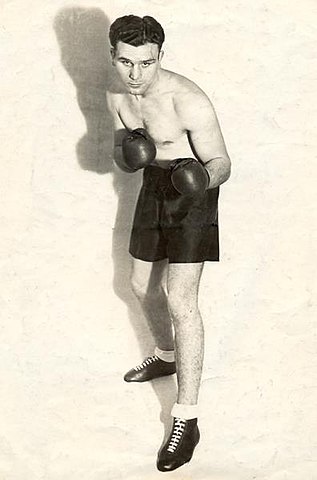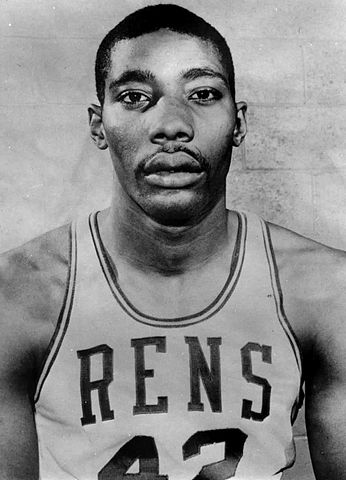What is a reverse guard in boxing and other combat sports?
Strategies Used by Reverse Fighting Stance Competitors
Guards in boxing and other combat sports are basically of two types. These are straight guard and reverse guard. In the following series, we will focus on the reverse guard, or reverse boxing stance, and reveal some strategies that competitors using it use to cope with straight guard opponents. They are not few, and reverse guard is not always a sign of weakness. On the contrary, it can even give an advantage, as long as you know how to find the right way to use it against your rivals.
A competitor is said to be in reverse guard when his right foot and right arm are forward. The usual combination for people with an upright fighting stance includes a left straight, a right hook and a left hook, while for these boxers it consists of a right straight, a left hook and a right hook. In practice, it turns out that this guard is a mirror image of the right one, or as it is called in the language of combat sports, orthodox. This fighting stance is mostly used by lefties, that's why the English term is "sothpaw". This is the word used in American English for people who use their left hand more often, or more simply put, write with their left hand.
Of course, in addition to lefties, people who use their right hand more can also train and box with a reverse guard. This can contribute to the deception of the opponent, or bring a false sense of security to the opponent. This stance is said to give additional strategic advantages because you can bet on more variety of actions and cause trouble for your opponents who are not used to facing a mirror of the normal stance. The most common difficulties are related to the cognitive abilities to copy a boxer who stands and moves mirroring you.
However, the disadvantages associated with the reverse guard are also not few. The number of trainers who can teach competitors this type of fighting stance is extremely limited. Also, protecting the liver in this guard is much more difficult and it remains open to opponents. It's also common for left-handed players to learn straight guard to be more competitive with their opponents, or simply because they can't find a coach or gain an advantage.
There are also competitors who can change the guard. Among the big names in boxing who do this are Roy Jones Jr. and Terence Crawford. They usually box in the orthodox manner, but may change guard during the fight. They try to gain an advantage, as very few boxers can react in such situations due to their lack of experience against people who use a "southpaw". In addition to this, a right hander with a reverse guard and a powerful left hook can offer more combinations. An example of this is a combination of a right straight followed by a left hook, causing opponents to avoid the left jab and become more comfortable. The right-hander simply twists his body to the left and lands an unexpected right hook.
When we're talking about a right hander with a reverse guard, then his opponent is in danger of being knocked out all the time, because straight punches can lead to just that. Especially when it comes to the heavier categories.
The reverse is also true, although it is very rare. An example of lefties who box with a straight guard are Oscar De La Oya and Miguel Cotto. They use the power of their straight shots with the left hand.
If it comes to the other sports in which the legs are also used, such as freestyle MMA, then competitors with a reverse guard should also have a strong left low kick (low kick) to be more dangerous. However, the advantage in MMA is less and competitors with a reverse guard are even rarer.




